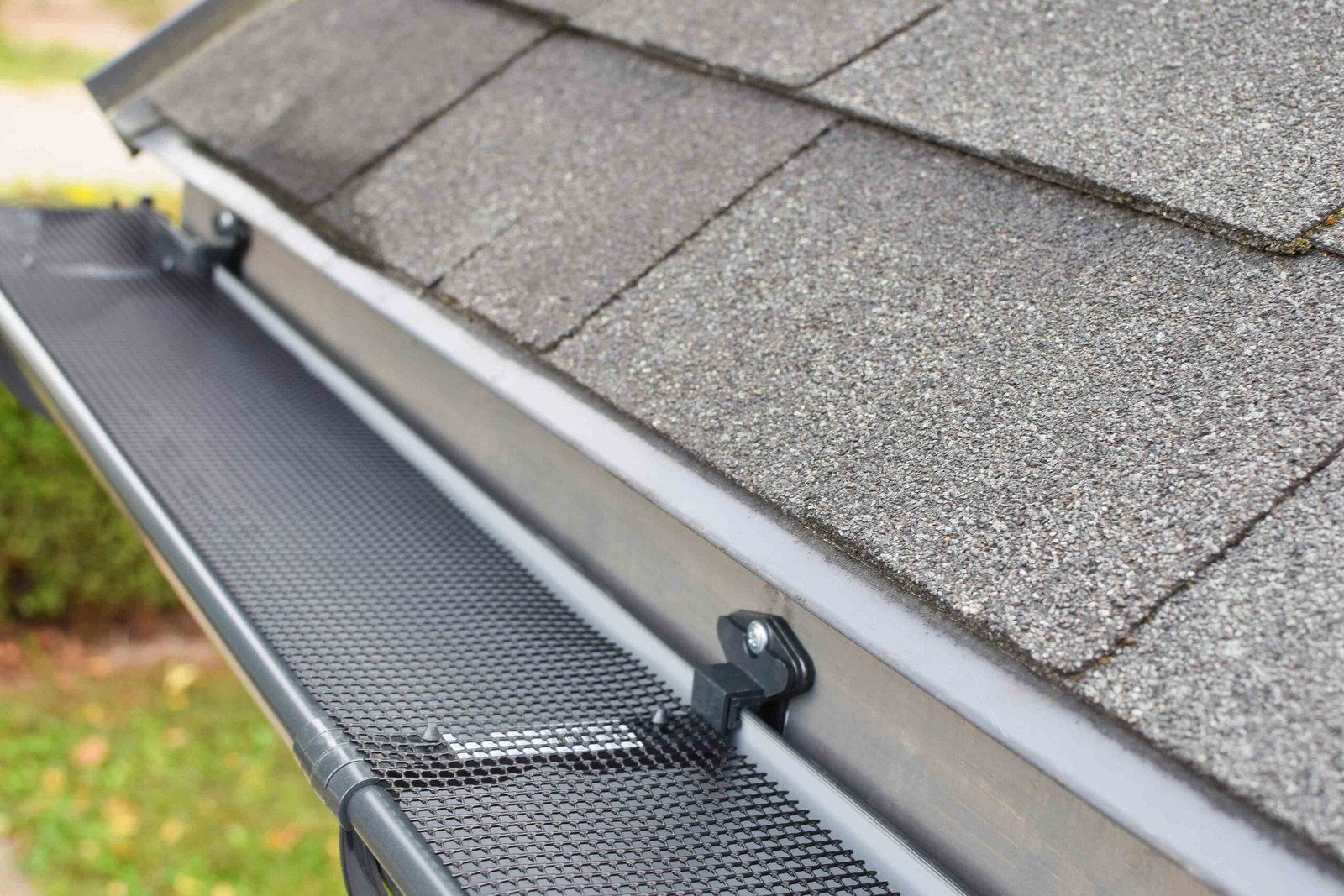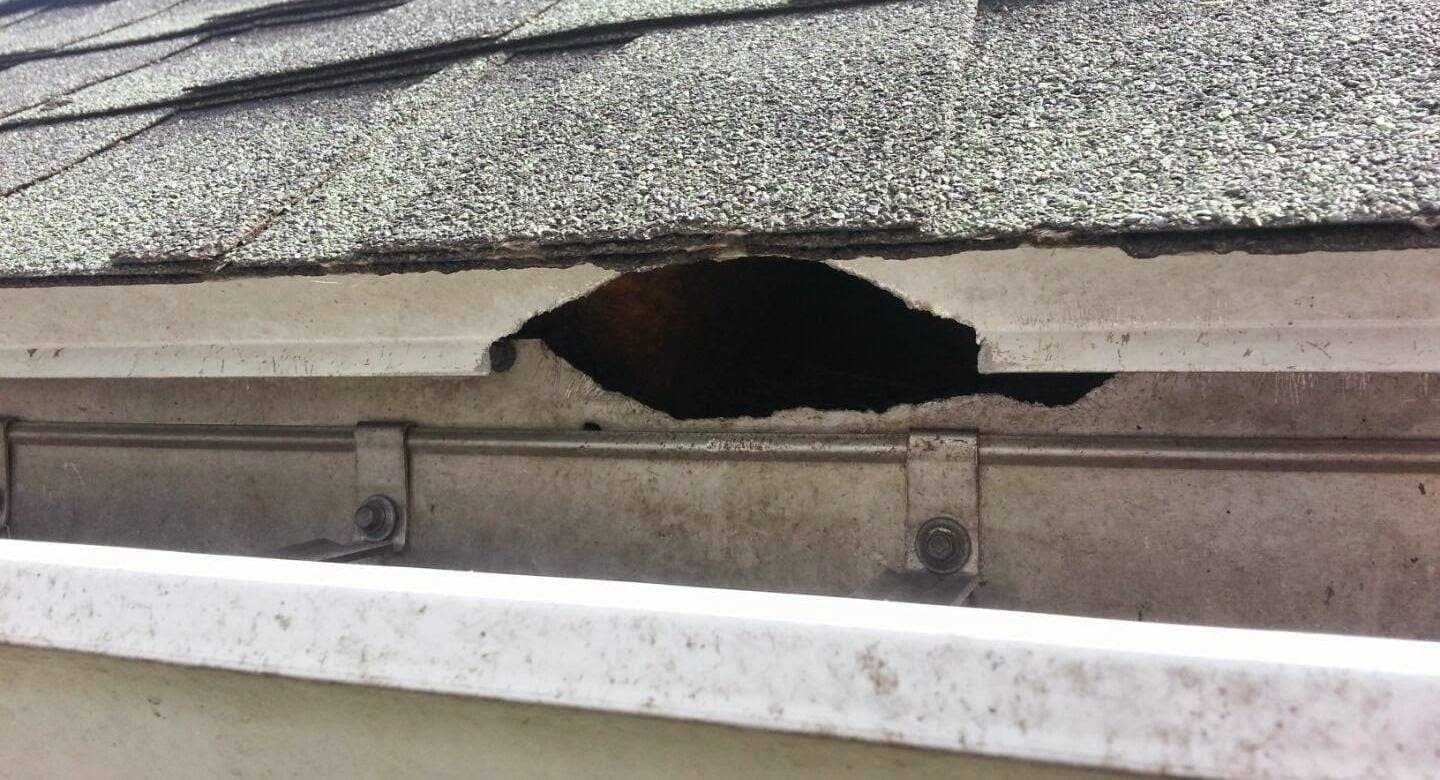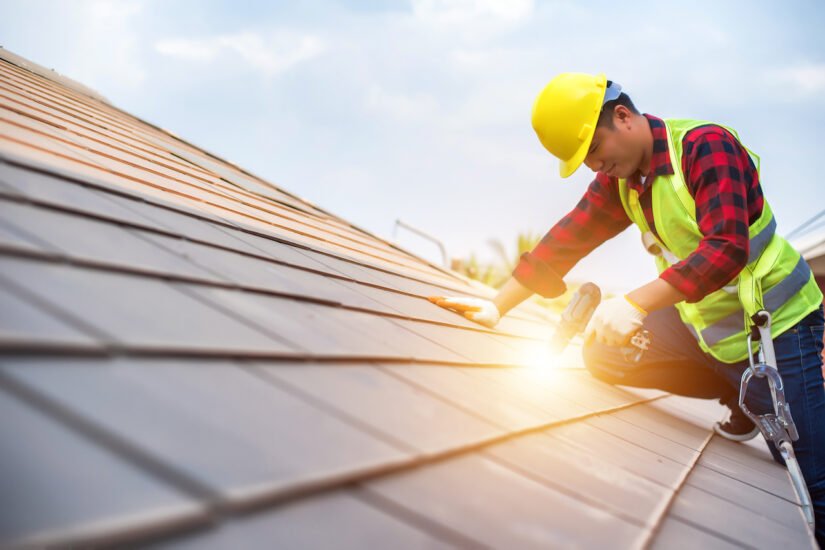What Is Aluminum Capping For Residential Properties?
Aluminum capping is a protective process for wooden elements of a home. It involves carefully measuring, cutting, and shaping aluminum sheets to cover various components like window and door frames, fascia boards, and other exterior woodwork. This method effectively enhances the durability and longevity of residential properties.
Benefits Of Aluminum Capping
There are numerous benefits to using aluminum capping for residential properties. One significant advantage is the protection it provides against external elements. Aluminum capping acts as a barrier against moisture, preventing it from seeping into the wood and causing rot or decay. Additionally, it helps to insulate the wooden elements, keeping out drafts and reducing energy costs.
Furthermore, aluminum capping offers protection against insects that may damage the wood. Termites and other pests are unable to penetrate the aluminum barrier, ensuring the integrity of the wooden structure. Another benefit is its resistance to fire and freezing temperatures, adding an extra layer of safety to the home.
Aluminum capping also reduces the need for maintenance and repainting. Unlike wood, aluminum does not require extensive upkeep. It remains unaffected by rot, cracking, or peeling, saving homeowners time and money. Additionally, aluminum capping is available in a variety of colors and materials, allowing homeowners to match the finish and color of their homes, enhancing their aesthetic appeal.
Materials And Process Of Aluminum Capping
The aluminum capping process involves using aluminum trim in different colors and gauges. These trim pieces are cut to size and shaped to fit the wooden elements of the home. To cut the aluminum sheets, a specialized tool called a break is usually required.
To achieve a secure and visually appealing finish, a kit containing color-coded hardware and caulking is provided. These materials are used to affix the aluminum sheets to the wood, seal the seams, and give the capping a polished look. The process requires expertise and precision in order to achieve a professional and durable result.
Color And Finish Options For Aluminum Capping
Aluminum capping provides homeowners with a wide range of color and finish options for their home’s exterior. This allows them to choose a style that perfectly matches their existing design. Whether they want to make a bold statement with a vibrant color or prefer a more subtle tone that blends seamlessly, homeowners have the flexibility to select the perfect option.
In addition to color options, various finishes are available for aluminum capping, including smooth, textured, and embossed. These finishes add depth and character to the capping, enhancing the overall appearance of the home. With such a variety of choices, homeowners can find the ideal color and finish to complement their residential property and achieve the desired aesthetic.
Installation Process Of Aluminum Capping
The installation process of aluminum capping begins with measuring and cutting the aluminum sheets to fit the wooden elements. This requires careful precision to ensure a proper fit and alignment. Once cut to size, the aluminum sheets are affixed to the wood using various techniques, such as friction, nails, glue, and binding products.
Sealing the seams with caulking is an essential step in the installation process. This creates a watertight and visually appealing finish, ensuring the aluminum capping remains securely in place and protects the underlying wood from moisture.
It is worth noting that the process of aluminum capping should be carried out by professionals with experience in this type of work. This guarantees a high-quality installation that withstands the test of time and provides optimal protection for the residential property.
- Measuring and cutting aluminum sheets to fit wooden elements
- Affixing the aluminum sheets to the wood using various techniques
- Sealing the seams with caulking to create a watertight finish
- Hiring professionals with experience in aluminum capping for a high-quality installation that provides optimal protection.
Why Aluminum Is Preferred Over Vinyl For Capping
While both aluminum and vinyl are commonly used for capping, aluminum is often preferred due to its durability and suitability for various applications. Aluminum has excellent strength and resistance to impact, making it a preferred choice for high-traffic areas such as garage doors, windows, roof capping, and fascia.
Aluminum is also less likely to warp or fade over time compared to vinyl. It maintains its structural integrity and color vibrancy, ensuring a long-lasting and attractive appearance for the home. Furthermore, aluminum provides better insulation properties than vinyl, making it an ideal choice for improving energy efficiency.
Signs Indicating The Need For Aluminum Capping
Several signs indicate that a residential property may be in need of aluminum capping. Rotting wood is a clear indicator that the exterior elements are deteriorating and require protection. Cracked or damaged trim can also be a sign that the wood is vulnerable to further damage.
Water stains, mold or mildew growth, drafts, and high energy bills may also suggest that the wooden elements are not properly sealed or insulated. Aluminum capping can address these issues by providing a protective layer that keeps out moisture and improves insulation, resulting in a more comfortable and energy-efficient home.
- Rotting wood
- Cracked or damaged trim
- Water stains
- Mold or mildew growth
- Drafts
- High energy bills
Aluminum capping can address these issues by providing a protective layer that keeps out moisture and improves insulation, resulting in a more comfortable and energy-efficient home.
Cost And Lifespan Of Aluminum Capping
The cost of aluminum capping for residential properties can vary depending on various factors. These factors include:
- Scope of the job
- Trim profile
- Materials used
- Installation area
- Size of trim pieces
- Accessibility
- Labor
- Expertise of the contractor
It is advisable to consult with a professional roofing contractor to receive an accurate estimate for the project.
When properly installed, aluminum capping can last up to 40 years for residential settings and 25 years for industrial or marine environments. This long lifespan makes aluminum capping a cost-effective solution for protecting and enhancing the exterior appearance of residential properties.
Aluminum capping for residential properties is a beneficial process that provides:
- Protection against external elements
- Reduction in maintenance needs
- Enhancement of the overall appearance of the home
By using aluminum sheets, homeowners can safeguard their woodwork from moisture, insects, and UV damage, resulting in a long-lasting and low-maintenance solution. With a variety of colors, finishes, and material options available, homeowners can find the perfect aluminum capping to match their home’s aesthetics.



